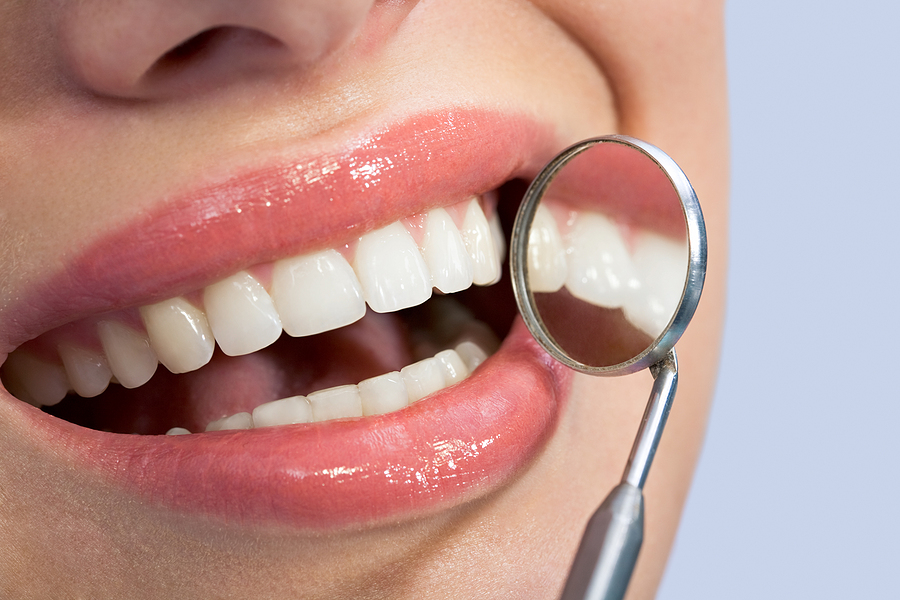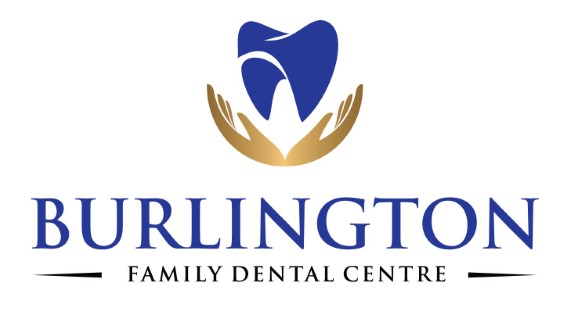Did you know periodontal disease affects 3 out of 4 adults. The effects of periodontal disease reach far beyond the oral cavity. There is evidence which indicates the bacteria which causes periodontal disease can reach beyond the oral cavity any may be associated with other health issues such as heart disease, stroke, and diabetes*
In the early stages of periodontal disease there is little, or no pain; therefore, the signs & symptoms such as puffiness and bleeding may go unnoticed. Without thorough removal, toxins from biofilm cause the disease process to continue. Periodontal disease left untreated may result in extensive bone destruction and possible tooth loss. There is a lot to consider in keeping your gums healthy.
Soft Tissue Management vs General Cleaning
Proper early diagnosis & treatment in conjunction with correct home care can control and manage the periodontal disease process. Our practice will refer to the timely diagnosis and treatment of the signs and symptoms of periodontal disease as Soft Tissue Management.
You may be wondering “why can’t I just come in for a regular dental cleaning”. Let’s break this down cleaning versus soft tissue management.
A regular routine dental cleaning, is where the dental hygienist uses a scaler to get rid of plaque and tartar around your gum line, as well as in between your teeth. The more build up a patient has the longer it will take the hygienist to clean those teeth. These appointments are more geared towards maintenance appointments because your base and your overall gum health is good. That means your gums are healthy, they are a nice pink colour and do not bleed during brushing or flossing.
If a patient has not seen a dentist in a very long time or the patient has LOTS of tarter build up and gum disease, the dentist will recommend a soft tissue management program, where the hygienist can split the mouth into quad scaling or half and half to get you and your gum health back to a normal healthy state, that way you can proceed with a routine cleaning moving forward. A common indicator for unhealthy gums is swelling, redness, receding gums, bleeding when you brush and floss. If you choose not to proceed with the STM program that has been recommended, and you do not maintain cleanings every 3 months, you are at a higher risk of periodontal disease, and that may lead you to have to see a periodontist and be put under the knife.
So come in and have your teeth and gum health assessed.
Soft Tissue Management Treatment Goals
- Gingival (gum) tissue that does not bleed
- Gingival tissue that is not red, swollen, or tender
- Fresher breath & taste
- Reduced pocket depths
- Control of the periodontal disease
- Established methods to effectively maintain good oral hygiene
What we need from you, the patient, for treatment success?
- Completion of the Soft Tissue Management Program prescribed by your dentist
- Thorough cleaning of all tooth surfaces, twice daily
- Maintenance of regular recare visits
- Commitment to improving your health!!!!!!!

Frequently Asked Questions About Soft Tissue Management
What is Soft Tissue Management?
- An organized system for early detection, diagnosis, non-surgical treatment, and maintenance of the inflammatory phase of periodontal disease, and for the early detection of premalignant or malignant changes of the oral tissues as related to oral cancer.
- Individualized treatment performed by a dentist and hygienist to reduce infection – including recommendations for daily home care and maintenance
What is a gum pocket ?
Also called the periodontal pocket, is the area between the top of the tissue and the bone surrounding the tooth. This area is measured using a small ruler type instrument called a probe. When infected, the tissue pulls away from the tooth and bleeds easily. Measuring pocket depth provides an indication as to the amount of bone loss around each tooth.
What is Scaling & Root Planning?
Scaling and root planning focuses on removing plaque, calculus, and stain from the tooth surface above and below the gumline. Root planning focuses on eliminating calculus or tartar and biofilm below the gumline by detoxifying the root surfaces where the disease occurs. In combination with scaling and root planning, the use of medicaments to flush or irrigate the pocket areas allows for a healthy reattachment of tissue to the root surfaces.
What is Periodontal Disease?
Periodontal disease is an infectious & inflammatory disease which destroys the periodontal tissues. The tissues consist of the gums and the bone that support the teeth. It is gum & bone disease. It is caused by growing colony of living bacteria called “plaque” or “biofilm”. The greatest cause of dental tooth loss is periodontal disease.
Periodontal disease affects 3 out of 4 adults. The effects of periodontal disease reach far beyond the oral cavity. There is evidence which indicates the bacteria which causes periodontal disease can reach beyond the oral cavity any may be associated with other health issues such as heart disease, stroke, and diabetes*
In the early stages of periodontal disease there is little, or no pain; therefore, the signs & symptoms such as puffiness and bleeding may go unnoticed. Without thorough removal, toxins from biofilm cause the disease process to continue. Periodontal disease left untreated may result in extensive bone destruction and possible tooth loss.
Proper early diagnosis & treatment in conjunction with correct home care can control and manage the periodontal disease process. Our practice will refer to the timely diagnosis and treatment of the signs and symptoms of periodontal disease as Soft Tissue Management.
Burlington Family Dental Centre
2025 William O’Connell Blvd
Burlington, ON L7M 4E4
(289) 797-2930


Trackbacks/Pingbacks